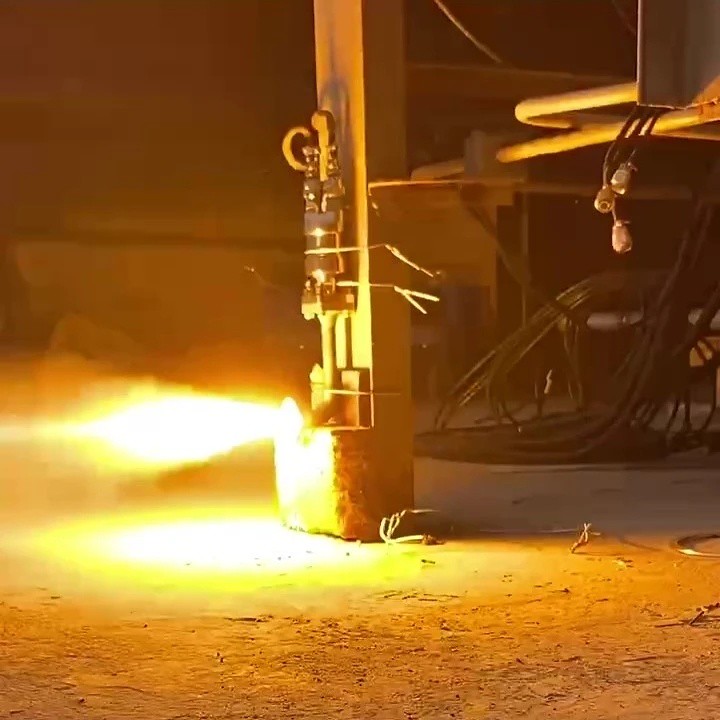Does anybody have any idea of how many LEO SAR or optical satellites it will take to have 24/7 coverage of every square kilometer of the globe? It is economical or feasible to have such widespread coverage?
It depends on a lot of things, like what kind of resolution is desired, what kind of tech the satellites are using, what is meant by constant coverage, how much redundancy is needed to be baked in etc.
Strictly in principle, you can attain a 90%+ coverage of the globe with just 72 satellites placed at 1000km in LEO.
This above essentially means that there will be atleast one satellite that is able to monitor 90% of the globe.
However, this doesn't mean 24/7 coverage since even though a satellite can say monitor 1 million km2, a single image is not that large.
The recently launched Gaojing-3 has a swath width of 130 km for example (50 cm resolution). Swath width have a trade off with resolution desired. Assuming a square image, the image is ~3,0000 km2. A very crude calculation using the Earth's surface area (510 million km2) gives 17000 satellites. Factoring in some redundancy, and the fact that you can't have the satellites perfectly aligned always, you get ~50000 satellites.


















